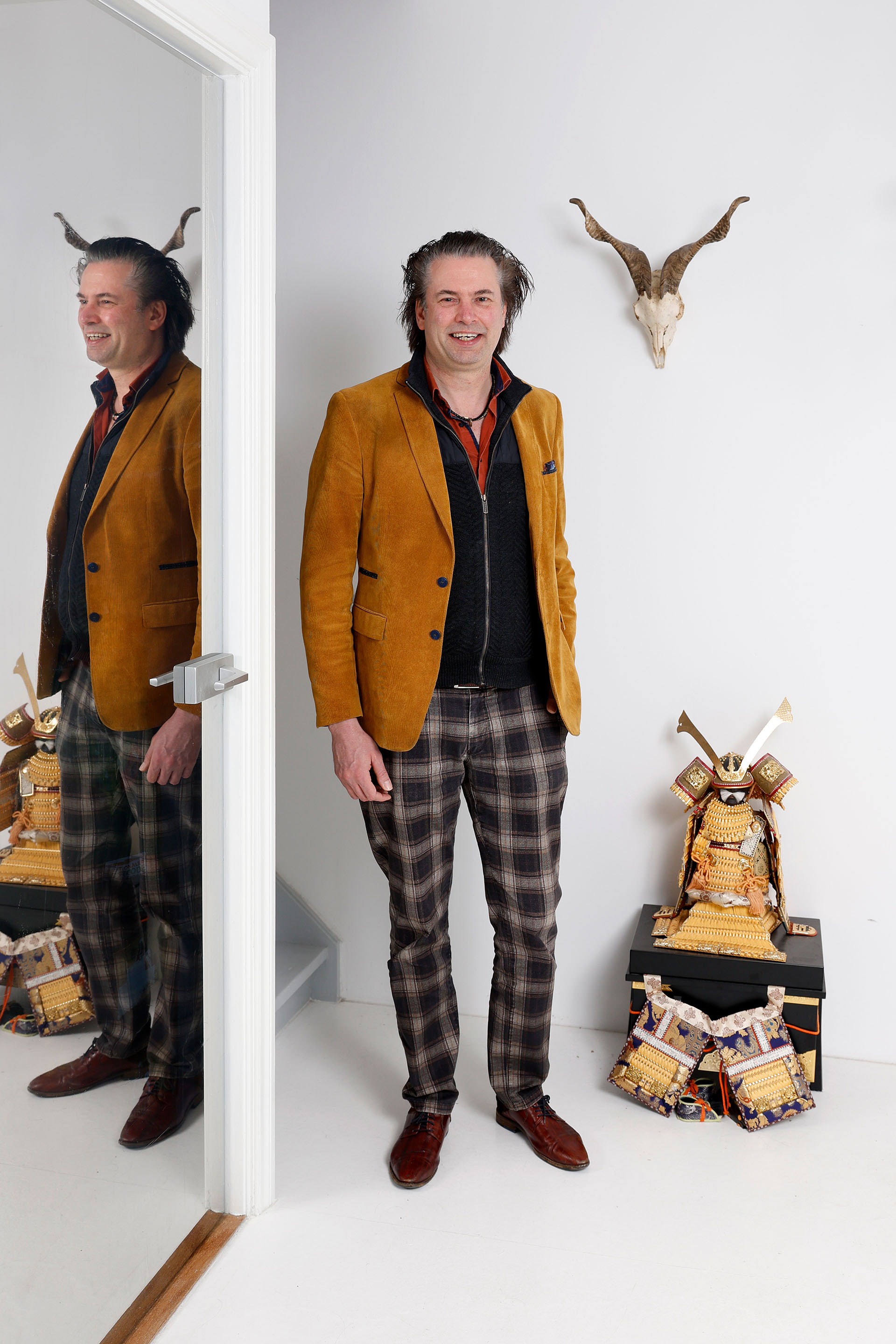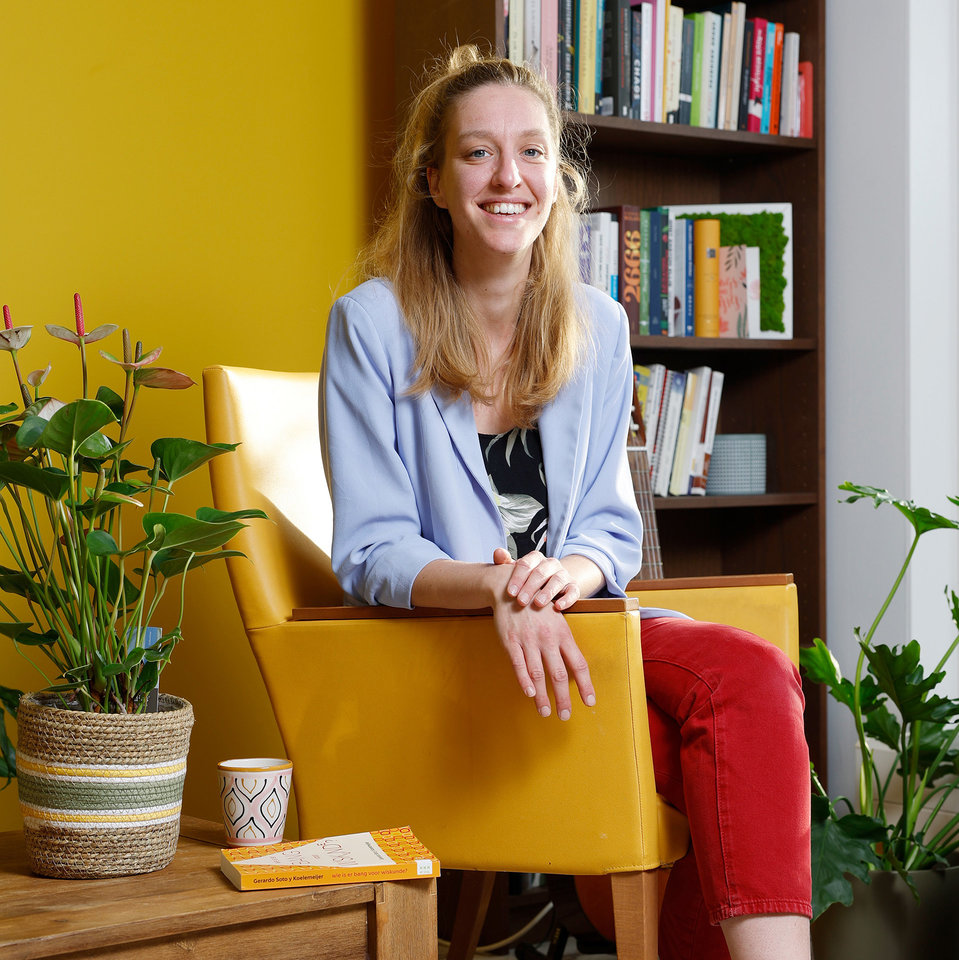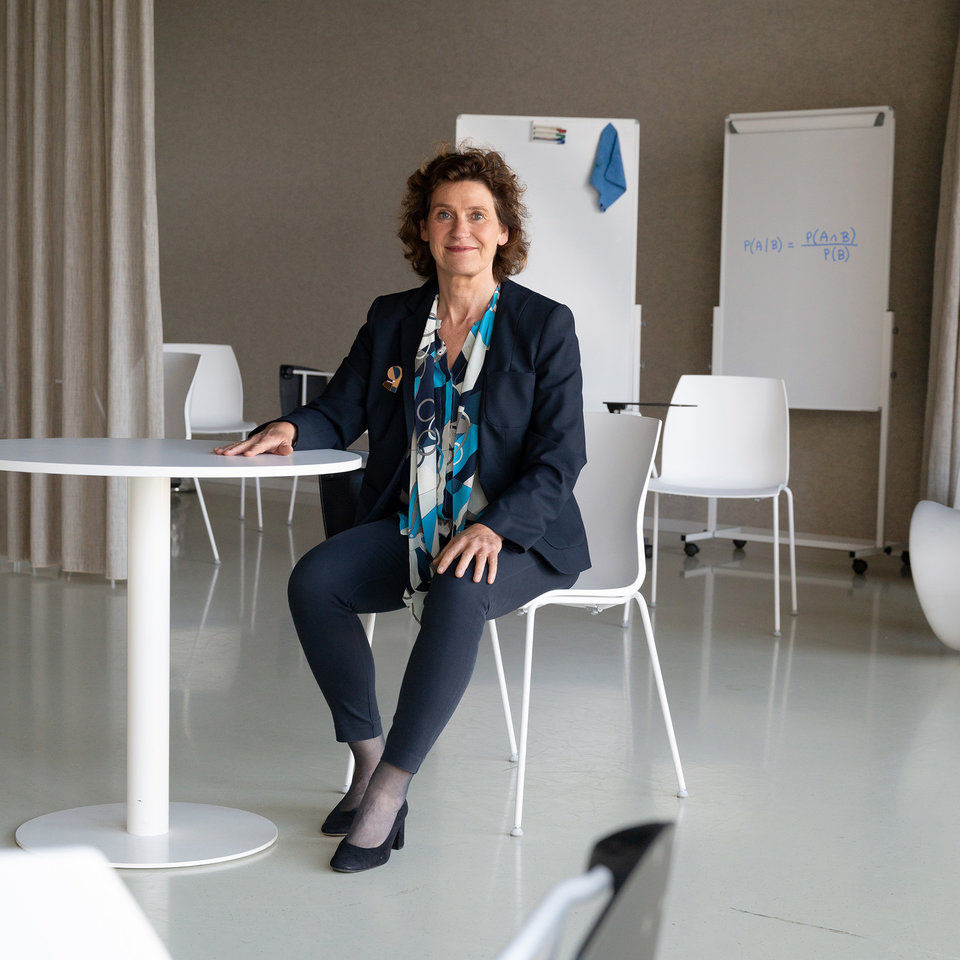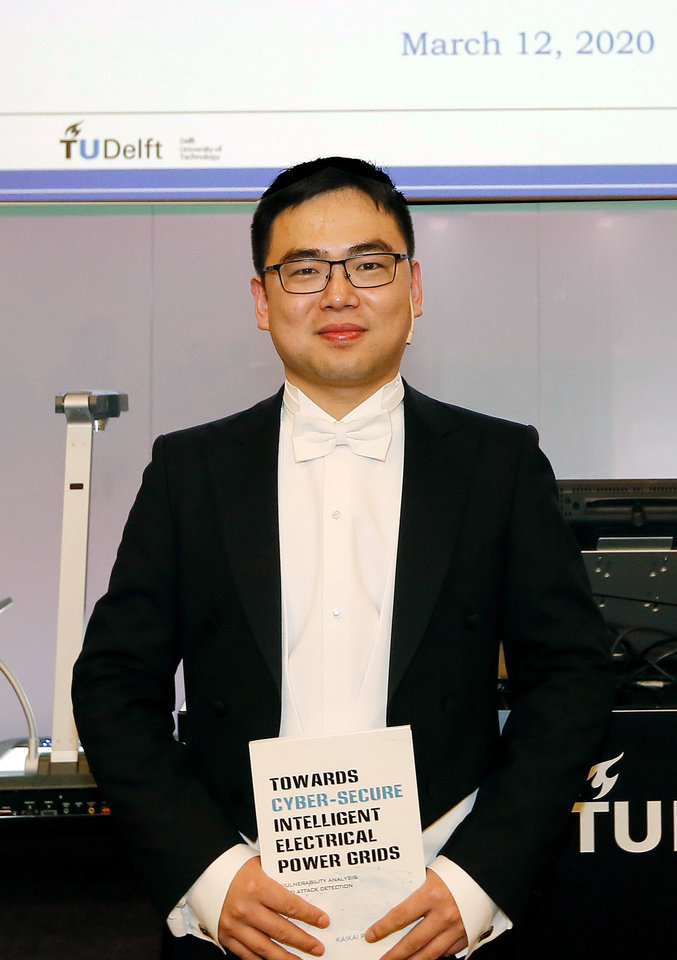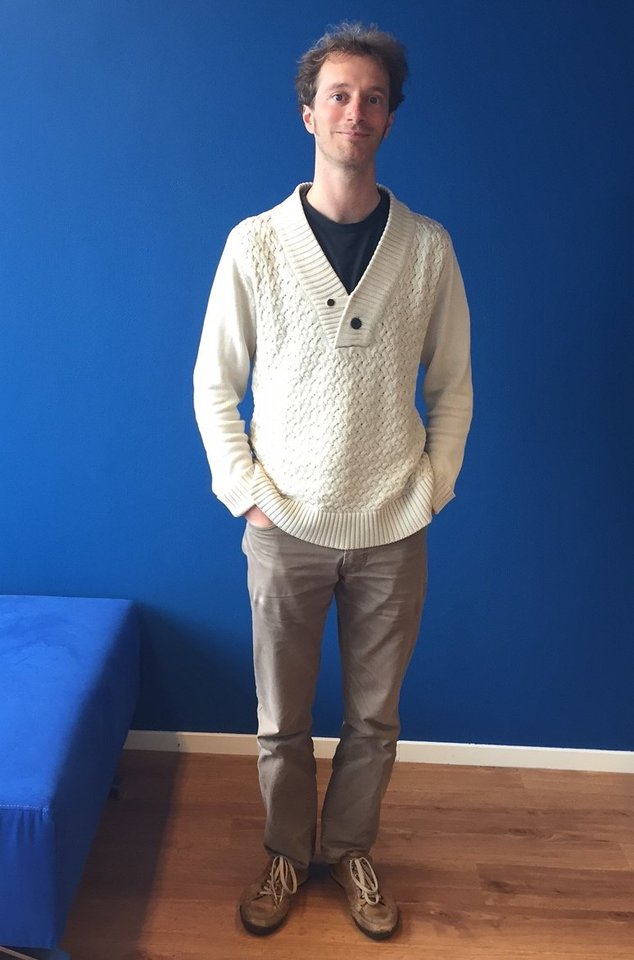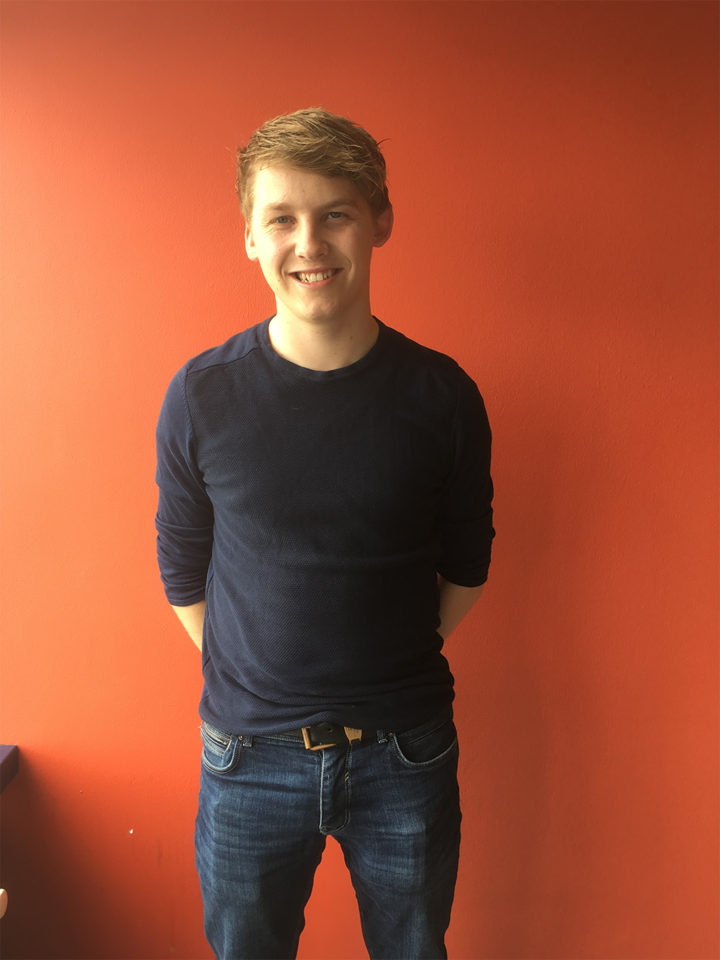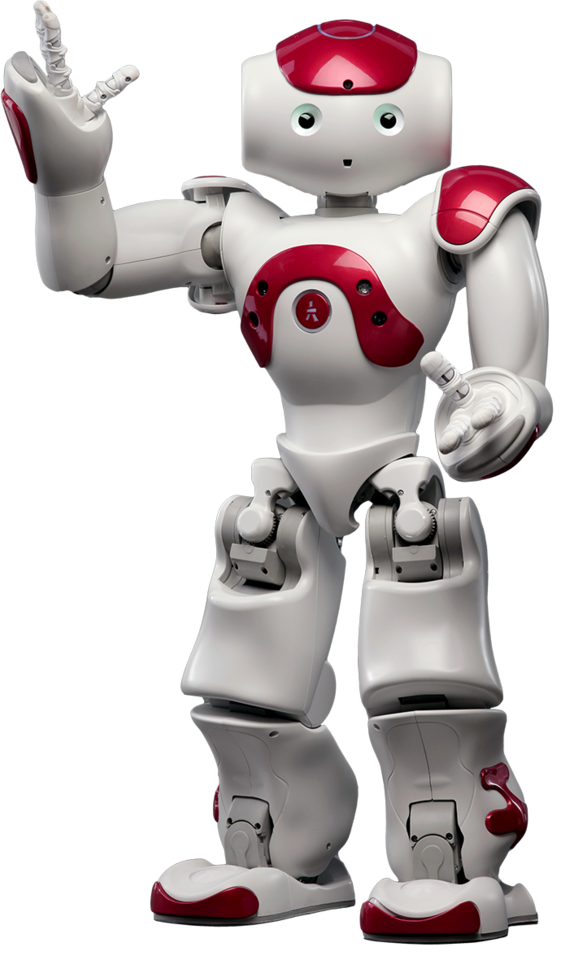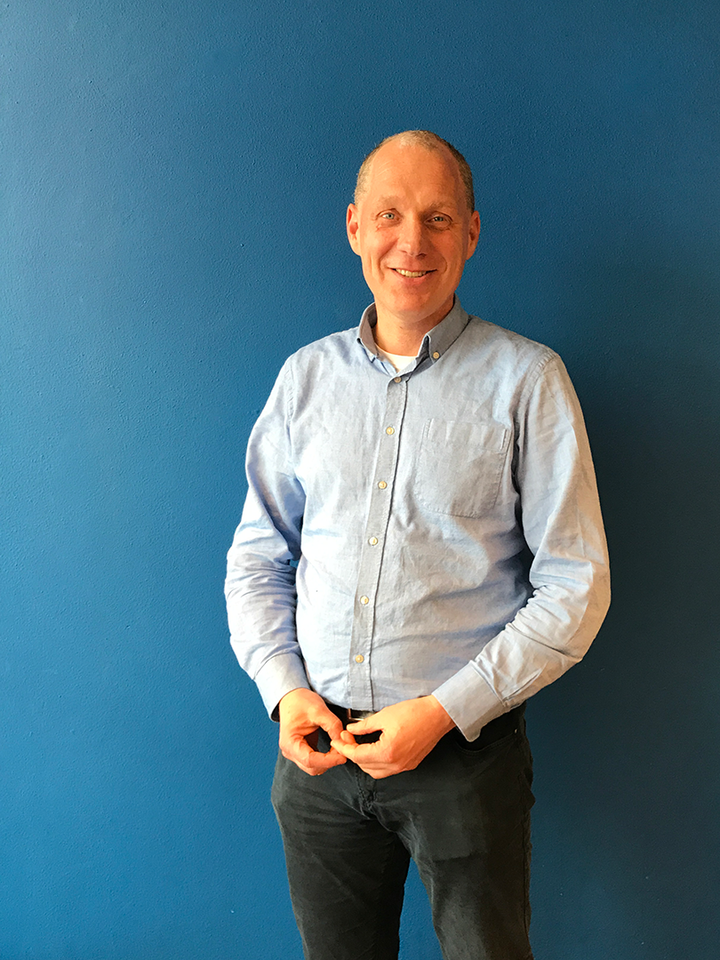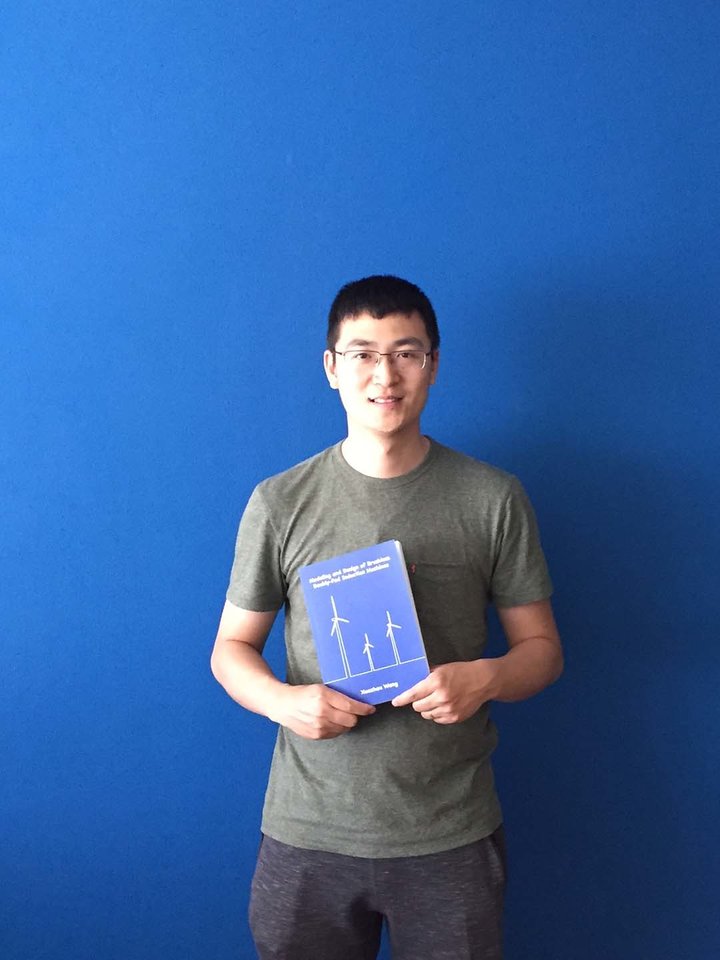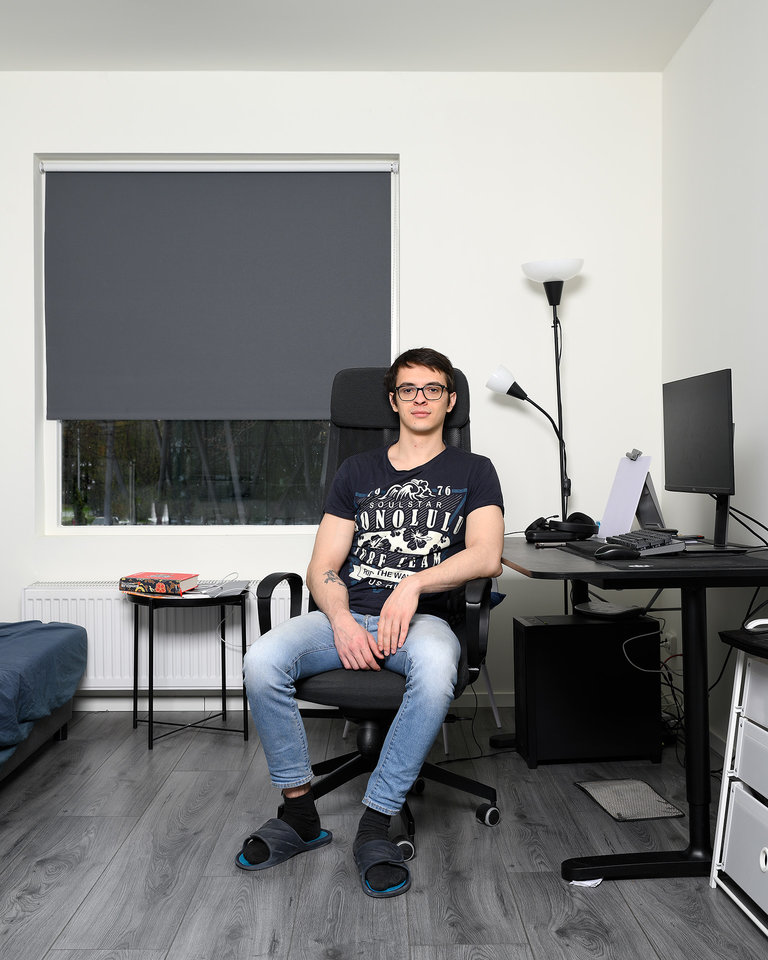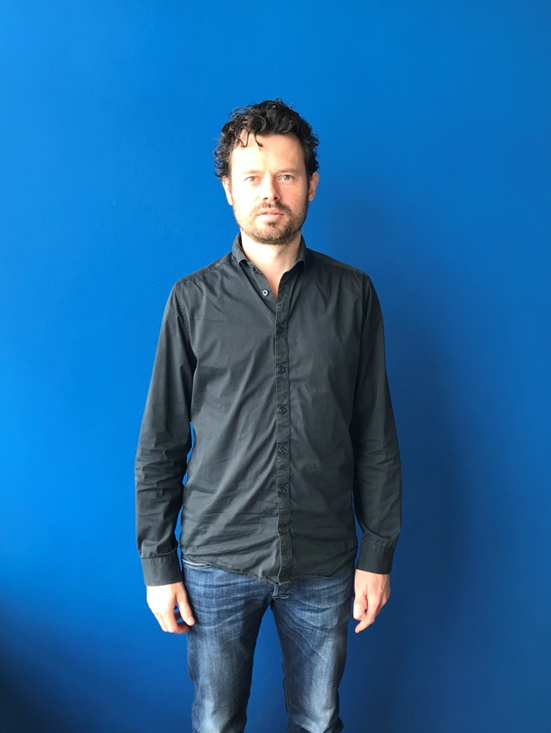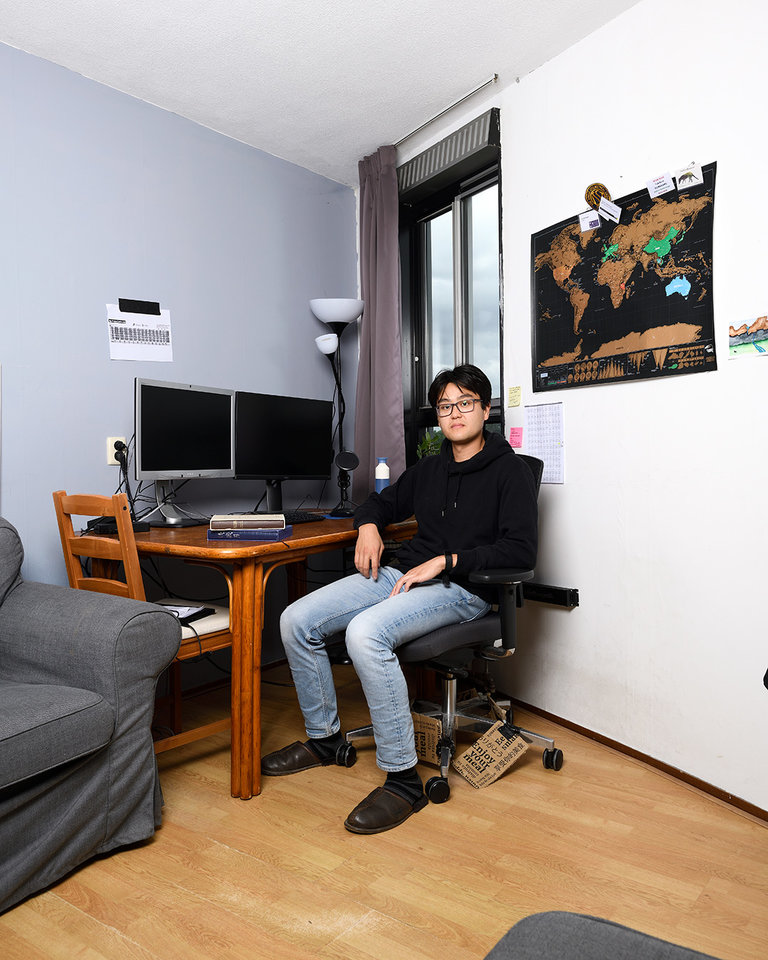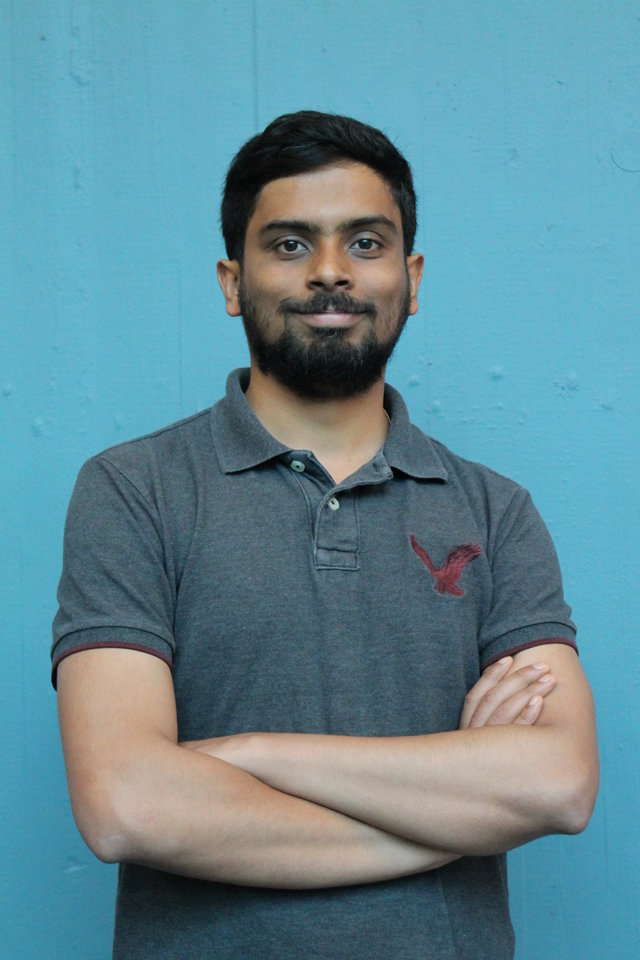Wherever education is provided, it is important to keep innovating this education. Students and their interests and passions are constantly changing, and we have to continue to evolve with them. That is why we give the floor to Humans of EEMCS who are actively working to improve our education.
"Good education begins with inspiration. Because when a student is inspired, learning happens naturally. So, it's also very important for a teacher to enjoy what they do, as only then can you inspire someone to enjoy the subject matter. Moreover, every person has brilliant ideas. It's just a matter of giving the student confidence to let these ideas emerge.
Looking back on my own education, I feel that I learned the most during 'drawing' classes in high school. My teacher at the time inspired me to look at things from different perspectives and to be creative. This creativity has become an important part of both my teaching and my research. It's just a shame that in education we mainly assess competencies that are easily measurable, and creativity is not so easy to measure. Therefore, it is not a 'significant' part of our curriculum now. Perhaps that's a missed opportunity. Especially as a scientist or engineer, you benefit greatly from sometimes taking a different approach and trying to solve a problem in an original way.
About ten years ago, I started with 'flipping the classroom,' an educational model where 'broadcasting' happens outside of lecture time, for example with videos, and the lecture is turned into a workshop where students work together on problems and engage in discussion. Hopefully so that students join forces in figuring out how to tackle a problem.
And if I notice that a certain concept is not well understood, I still give a mini-lecture. This flexibility makes my lessons dynamic and effective. For my courses, this has worked very well. I particularly notice that students who normally just scrape by in their exams -- mainly because they are very 'efficient' and do just enough -- now get more out of the material because they are more stimulated.
The first time I applied this new model, I was quite nervous. "Will this work?" I asked myself. Fortunately, it did. But, having said that: every teacher must find their own personal teaching style. Still, I encourage colleagues to be creative and innovative in their teaching methods.
The success of ‘flipping the classroom’ strongly depends on well-prepared material. Fortunately, I started developing a MOOC (massive online open course) on solar energy at about the same time, one of the first at our university and in Europe, by the way. That was quite a challenge: there were no design rules for creating MOOCs yet, and I had to divide a complete lecture series into 80 short videos. It was also quite exciting to create material that would be viewed worldwide. The MOOC was a success with more than half a million participants.
After 10 years, the content of the MOOC began to show signs of aging. So, I recently recorded a new MOOC: about 120 new videos, which I can also use flexibly for my courses. Another significant advantage of using videos is that students can set their own pace. Some watch the videos faster, while others repeat difficult parts more often. In a traditional lecture, this is difficult: then you teach at the average pace of all students, and thus too fast for some, and too slow for others.
Currently, as the director of extension school education, I am involved in the development of an online education program for lifelong learning. In addition, I am currently supervising an interesting innovation project that applies and researches the concept of learning communities in the energy transition. This project aims to bring together a broad group of people, from university students to vocational students, professionals from industry; experts, lifelong learners, and citizens to work together on complex challenges outside the traditional learning or working environment of the educational institution and/or company. By bringing diverse groups together, we create a new learning environment where inspiration and collaboration are central. Then you come back to what I said earlier: learning really goes faster when something or someone inspires you. Or perhaps even simpler: when you have fun together."
